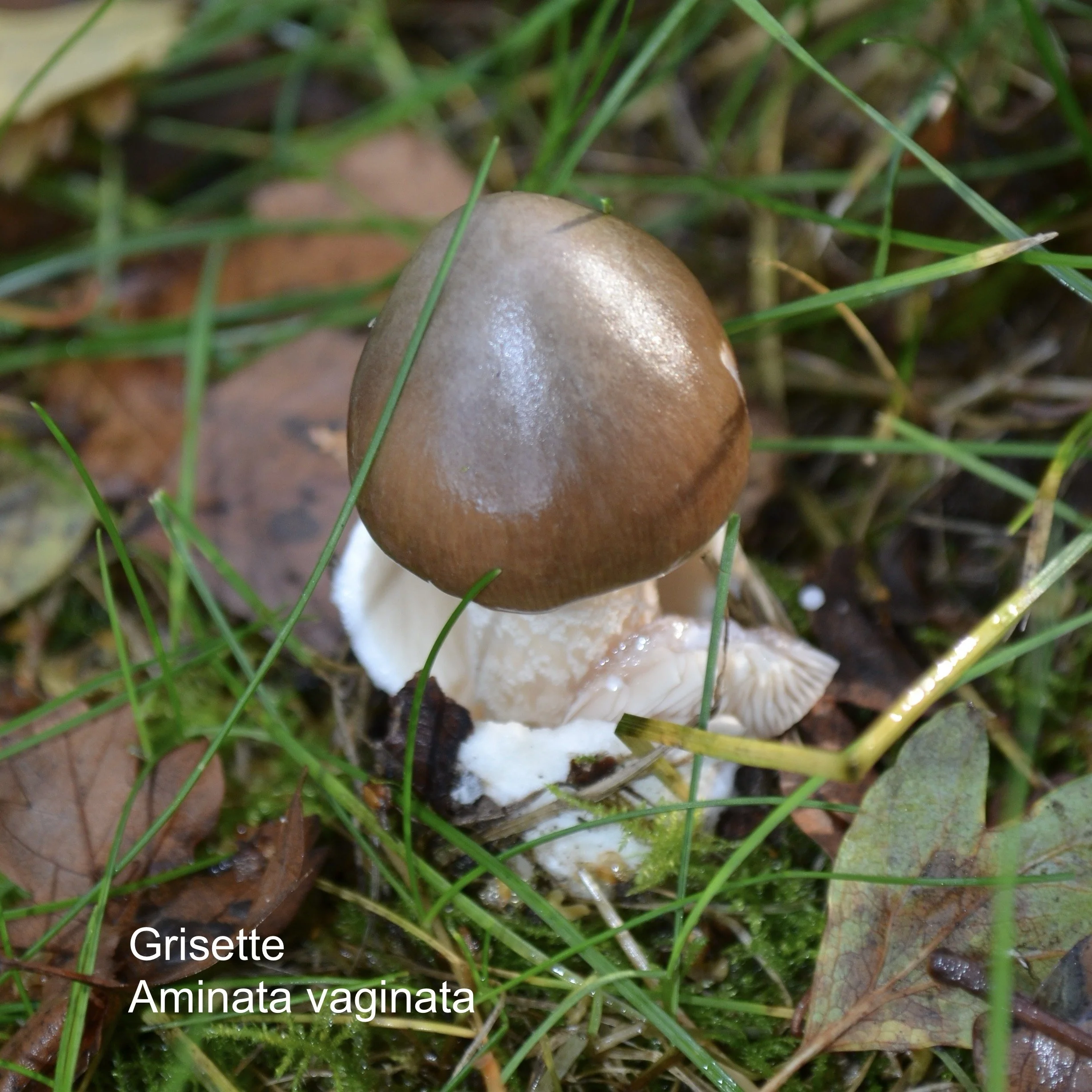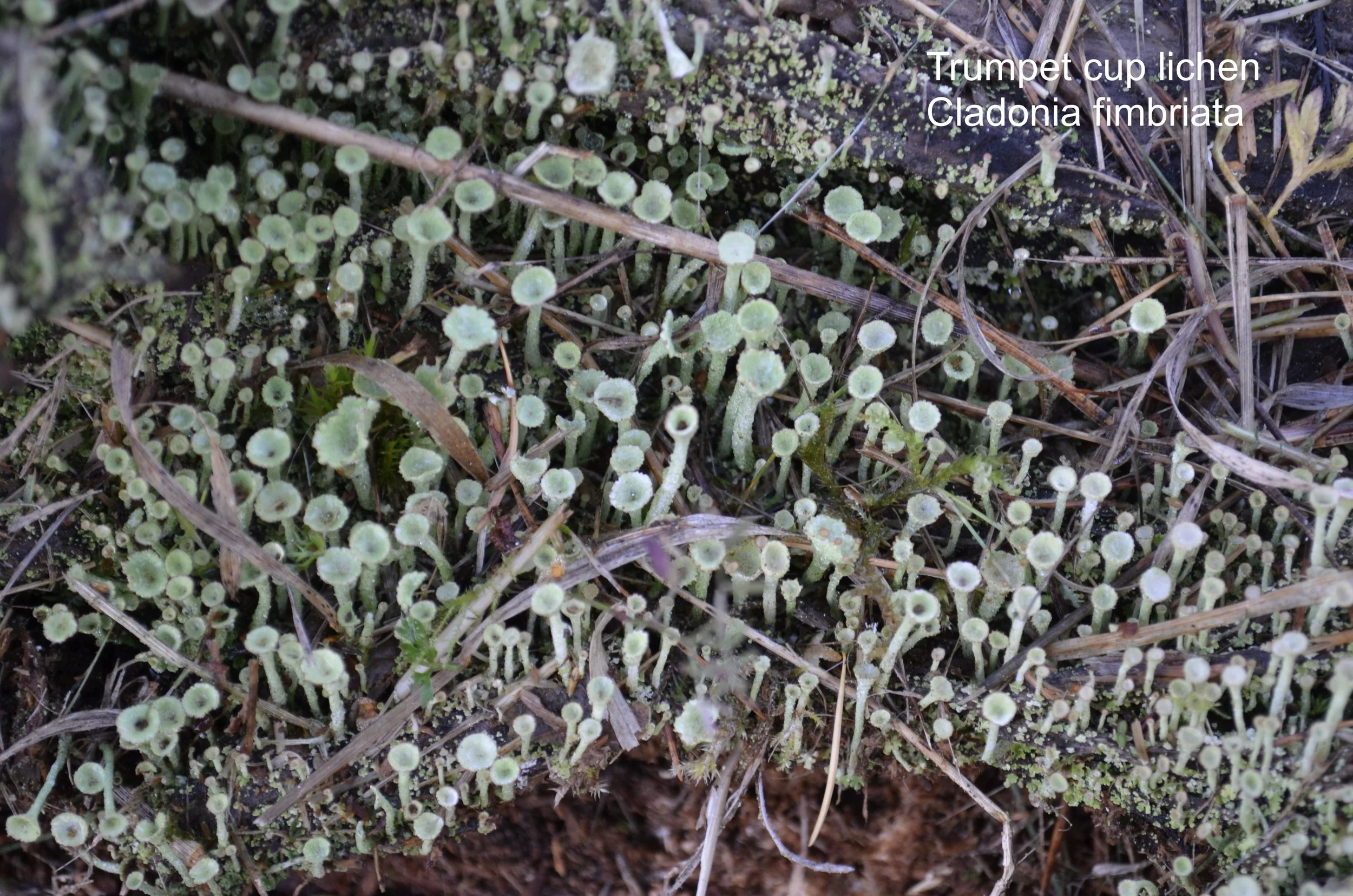December in November
The garden has been abundant with gold. Heavy rains have showered the garden with cast leaves and many trees now reach up naked.
The December moth is a frequent visitor at this time of year. Its larval food plants are native broadleaved trees.
Fifty fieldfares overhead. Noisy.
Thirty mallards have gathered in the muddy hole that is the pond by the stables.
Around twenty redwings in subtle song from a drive sycamore.
Another skein of pink-footed geese rowing east, talking together.
A tawny owl squeezed itself into the gable nest box entrance then squeezed out again. I was tempted to enlarge the box entrance as it would be interesting to watch their breeding behaviour. On reflection though, the nest site isn’t suitable. Boxes should be sited where the young can clamber out of the nest and into the protection of branches.
We have a bird feeder which is big, cylindrical plastic monster. When filled with seed it attracts lots of finches. In the early months of 2022 we attracted a garden full of Bramblings. Quite extraordinary to have their buzzing calls so abundant. I’ve sited it on its pole in the lawn. And we now wait. Questions about the efficacy of bird feeding during a time of avian flu remain.
In the rainy dark there was a smooth newt waiting right where I put my foot outside back door: demonstrating remarkable lightness of foot disaster was averted.
An abundance of fungi to identify. An emerging solitary grisette (Amanita vaginata) found in Picnic Wood was a favourite. It grows in all types of woodland: deciduous, coniferous and mixed. In symbiotic relationship with trees it helps the tree absorb water and nutrients while the tree feeds it with sugars and amino acids.
On a rotting log by George’s Pond, trumpet cup lichen (Cladonia fimbria) is growing.
The trumpet shape plays a vital role in this lichen’s reproduction. It provides a home for algae or cyanobacteria which help spread the spores and aid in photosynthesis.
Broad bean seeds have now been planted into modules. Last year’s abundant crop was frozen and has almost been exhausted. Collected seed, once germinated and thriving will be planted into well-mulched beds in December. We’ve double-mulched with a coat of compost being further covered with mown leaves and grass. Each bed will be covered with fleece to protect the seedlings.
Broad beans 2024 have provided seeds for 2025.
In an otherwise abundant year in the vegetable garden, our 2025 harvest of dried climbing beans was pathetic!
Gardeners of old would make an industry of bean husbandry, digging trenches into which compostable waste was laid before topping the compost with soil. This was to provide nitrogen and a reservoir of very moist soil into which the beans roots could delve as the plants grew, flowered and fruited. In our no-dig regime we’ll plant climbing beans into the humus-rich bed vacated by the broad beans in the hope that the broad bean roots left in the ground with their nitrifying bacteria will provide a nitrogen boost. The thick mulch should help retain moisture in our sandy soil.
December moths attracted to the MV light. Subtle but solid little moths. favourites here.




